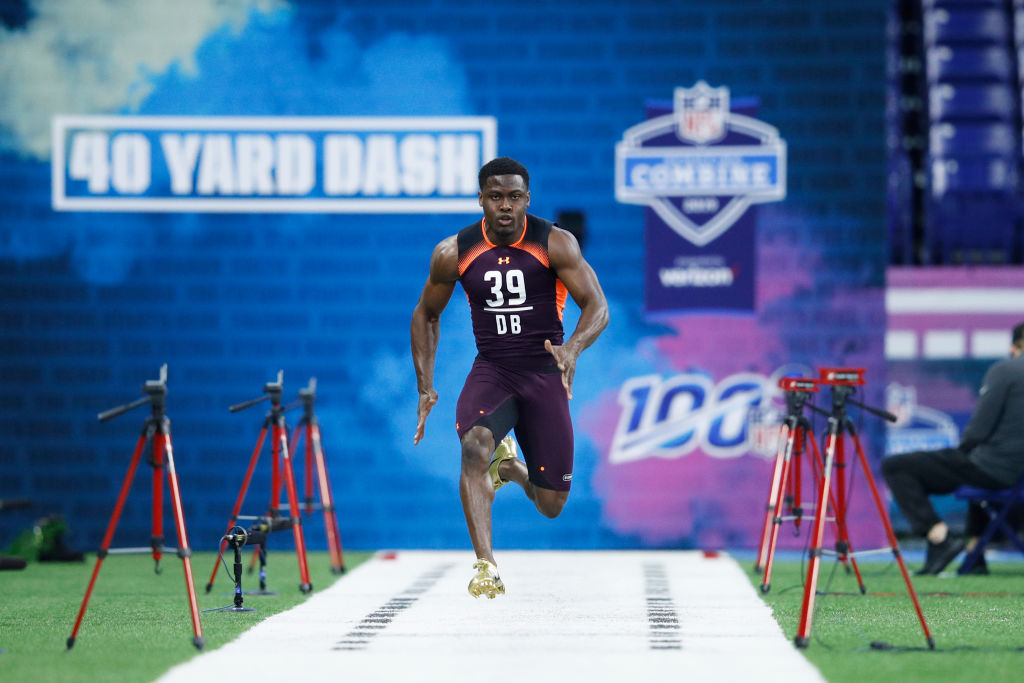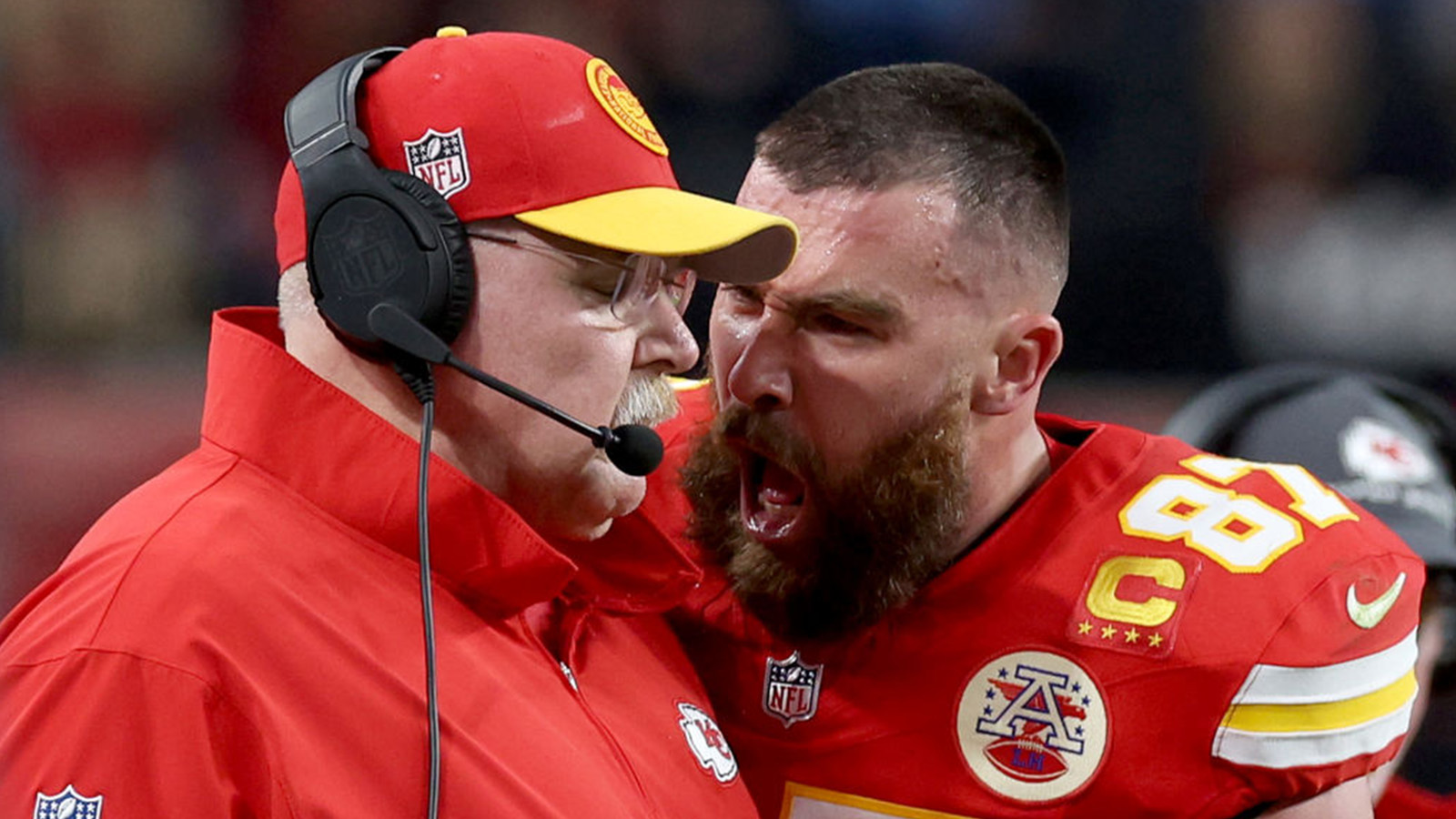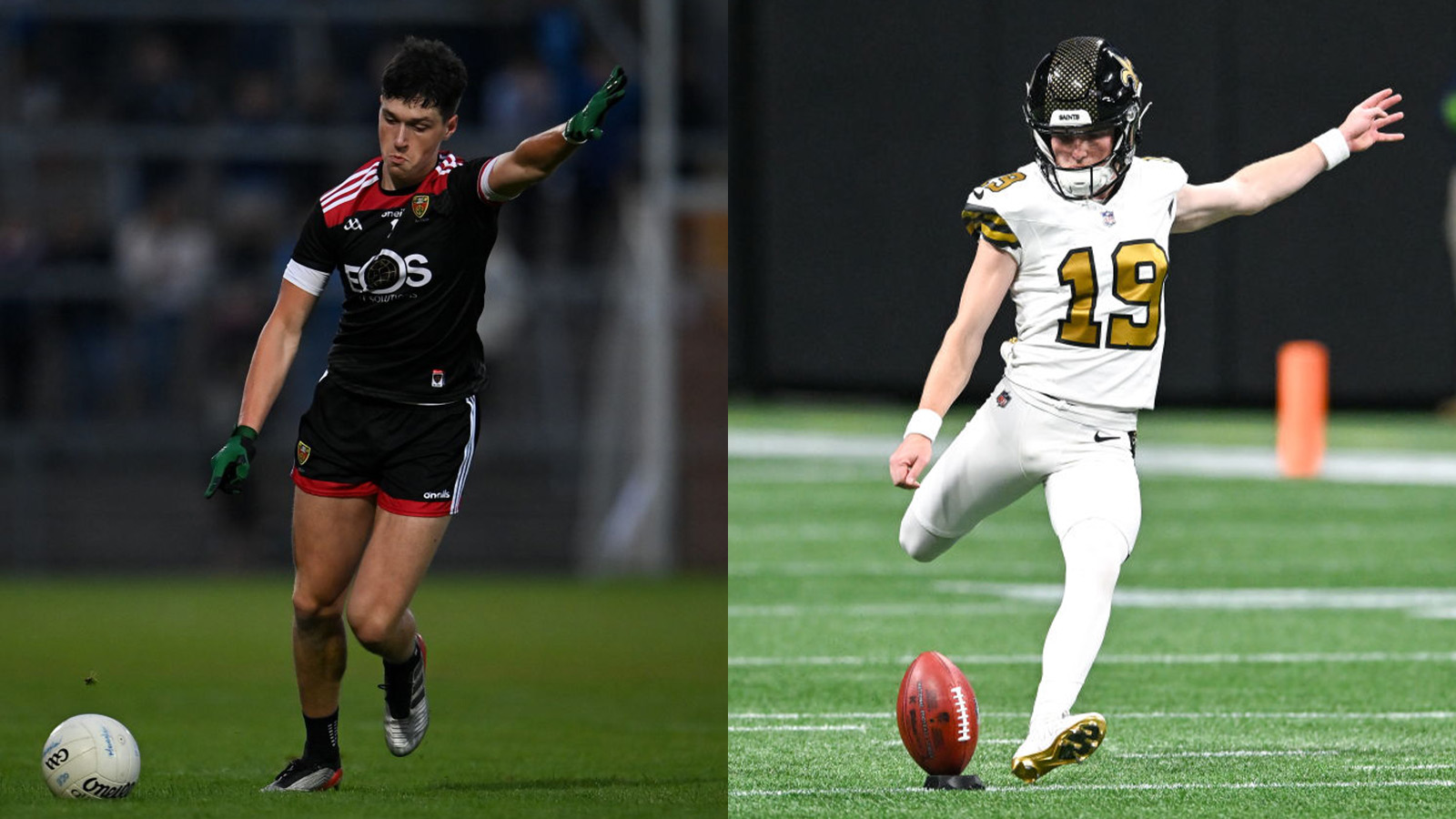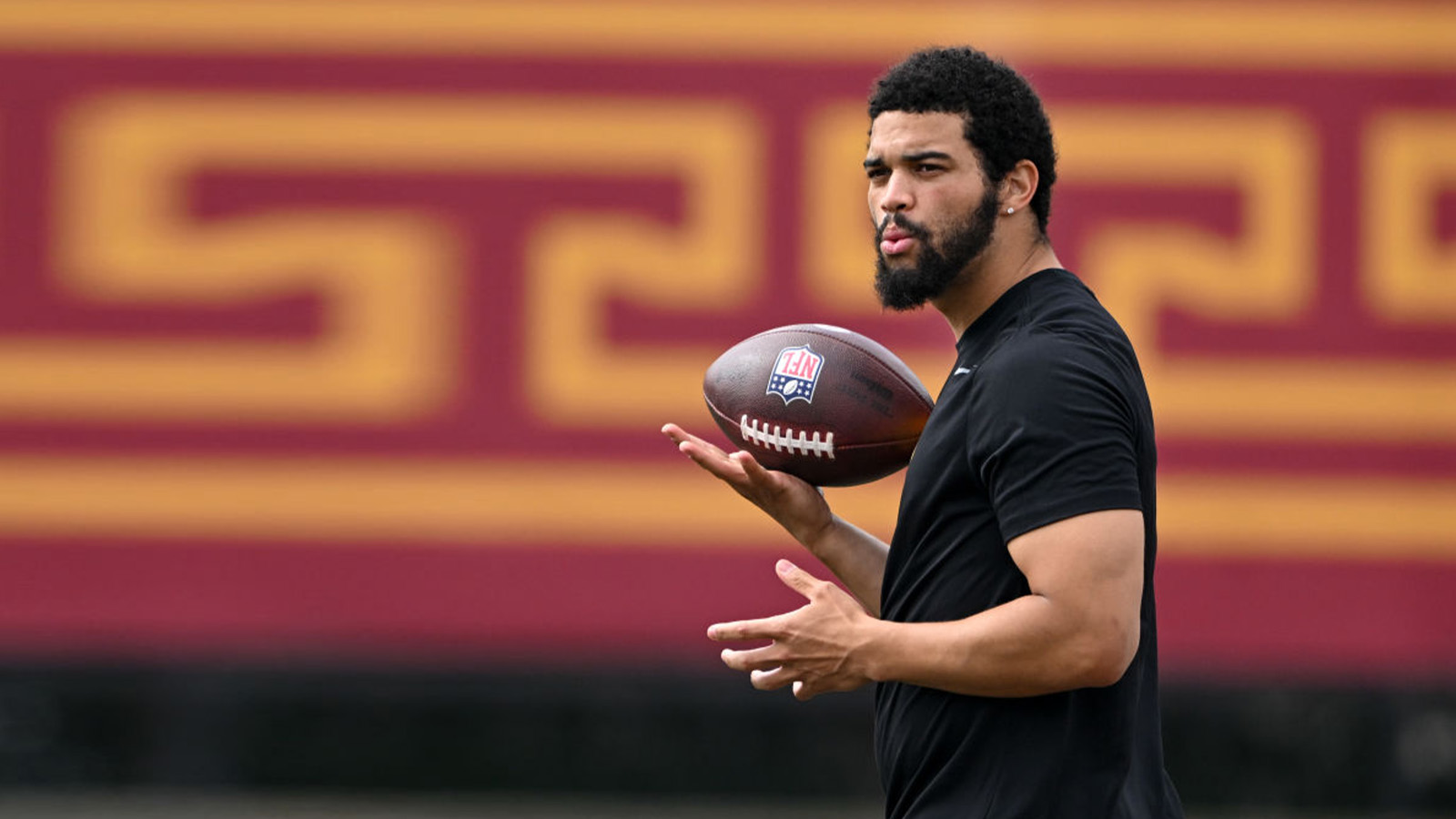
Does the NFL Combine Matter Less Than You Think?
Sports fans are used to dealing with minutia and incredibly fine margins; a single second or blade of grass, for example, could be the difference between victory and defeat. Given that reality, it’s easy to see the appeal of the NFL Scouting Combine. If you’re an armchair general manager, every prospect’s relevant data is at your fingertips. Surely it’s easy to draw a line from Combine results to NFL success, right?
In reality, things aren’t as cut and dry. In fact, the NFL Scouting Combine might matter significantly less than you’d think.
The History of the NFL Combine
These days, the NFL Scouting Combine is a legitimate event in its own right. The idea of evaluating hundreds of prospects in one place, however, is still a relatively recent idea.
Before the 1970s, most NFL teams didn’t even physically examine their potential player. The New York Jets did, though, and noticed that most of their draft picks turned into legitimate professional starters. Even then, the NFL was a copycat league, and other teams started following suit.
There was still a problem, however. Individual evaluations proved to be a drag on both the player and the teams; athletes had to fly around the country, performing the same tests over and over again, while the clubs needed to spend time and money on the process. There had to be a better way.
Dallas Cowboys general manager Tex Schramm came to the rescue, suggesting a centralized event where teams could evaluate all of the nation’s top prospects in one place. National Football Scouting Inc., put on the first National Invitational Camp in 1982; in 1985, that camp merged with two smaller events, and the NFL Scouting Combine was born.
What actually happens at the NFL Combine?
While every player’s NFL Combine experience will be a bit different, everyone follows the same general schedule during their five days in Indianapolis.
A player’s first day at the combine is spent on registration, orientation, and team interviews. The second day focuses more on the physical side of things; players take part in more interviews, but also undergo a pre-exam and have their measurements taken.
On day three, prospects have a proper physical exam and undergo psychological testing; they also have media availability and interviews with interested positional coaches. The next day includes more interviews and psychological testing, meetings with the NFLPA, and the bench press.
A player’s fifth day in Indy consists of a few more interviews and tests, plus most of the on-field evaluation.
Results might matter less than you’d think
While it’s easy to get bogged down in numbers from the NFL Scouting Combine, don’t get too carried away. Results in isolated tests might not matter as much as you might think.
While some tests obviously do matter—you don’t want a running back who can’t sprint, for example—”most of the Combine results lack any prediction power for neither draft order nor NFL performance.” Although that sounds jarring at first, it does make sense. Everyone at the NFL Scouting Combine is an elite athlete; professional success, however, boils down to more than physical tools, hand size, or any other single metric.
According to the NFL Scouting Combine, Tom Brady should have been a complete failure; guys like Vernon Gholston and Tim Tebow looked like can’t-miss physical specimens.
At the end of the day, numbers from the NFL Combine are like any other statistic; while they can be useful, taking them in isolation is a recipe for disaster.



